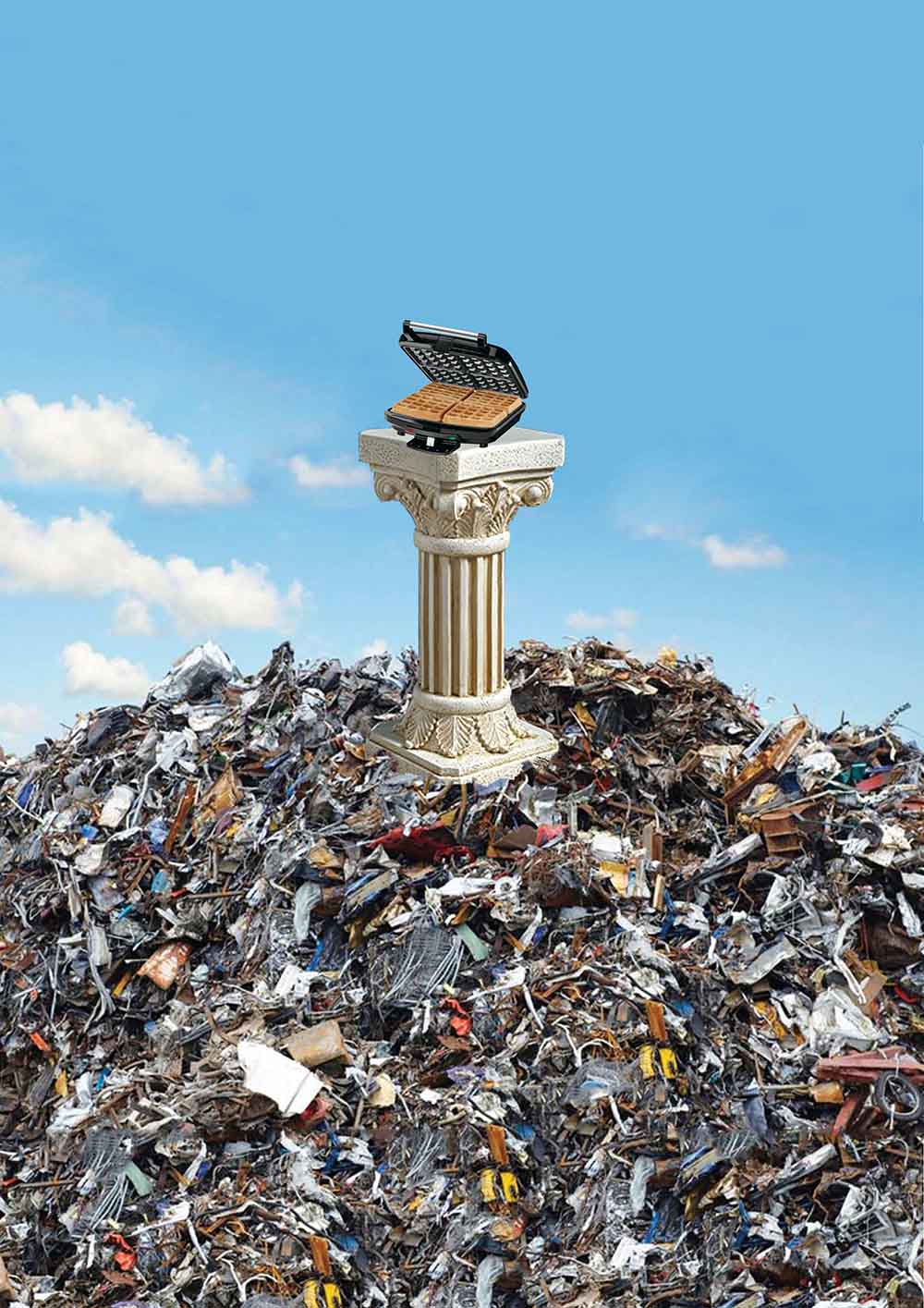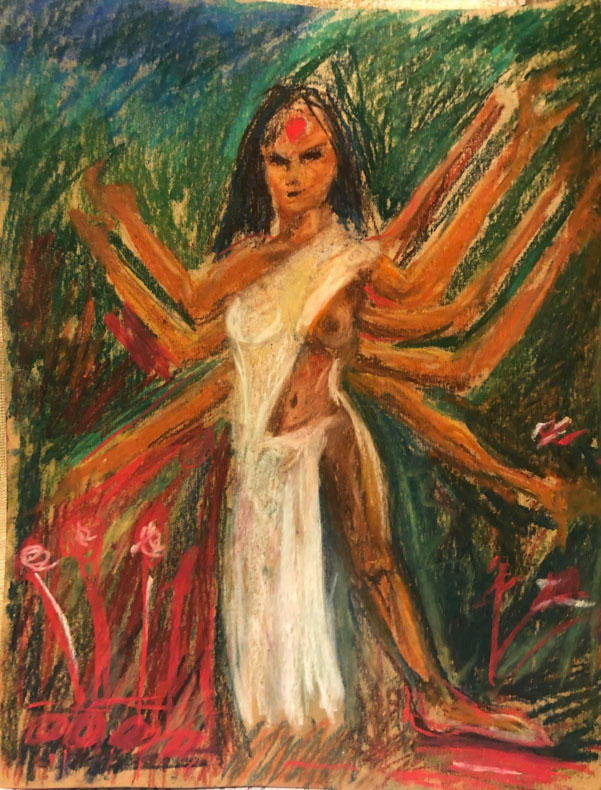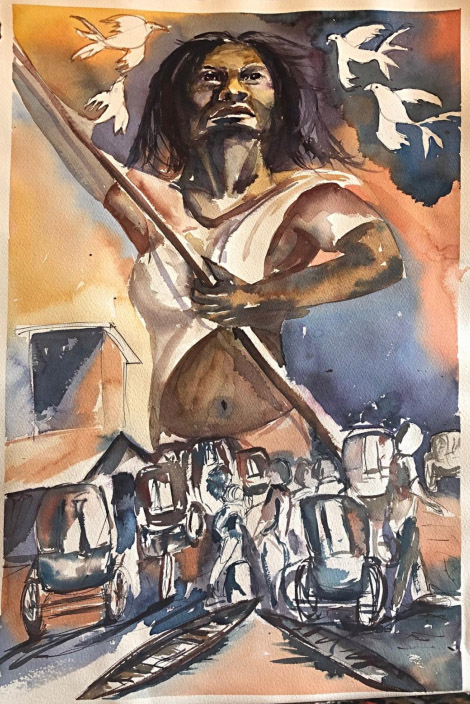20 April – 7 May
Pop Waste
Co-curated by Joshua Wait, Phoebe Richardson and Joshua Draffin

This exhibition explores the environmental issue of e-waste. Australians produce more e-waste per capita than any other country, which is on average nineteen kilograms per person per year. The Victorian Government recently passed legislation that aims to minimise the amount of e-waste produced, however this only addresses part of the problem.
Conversations around e-waste focus on the issue of disposing of valuable and hazardous materials in electronic products. Indeed, common images associated with e-waste are tips overflowing with electronic goods. However, e-waste also includes objects that have been purchased and are no longer used. These objects have not yet been disposed of, but their production required the use of materials and energy.
Pop Waste presents a distinct perspective on e-waste by presenting a selection of electronic objects that have been bought but are no longer used. These everyday objects include everything from kettles and lamps to waffle makers and fit bits. They are not broken, and they do not resemble traditional ‘rubbish.’ They are often received as a gift, or bought in the vain hope of realising a goal or desire. However, all electronic goods contribute to environmental peril, and this exhibition provides audiences with the opportunity to reflect on their own consumer choices.
Mother
Hasina Chowdhury


This exhibition is about the difficulty of being a mother. Mothers inhabit multiple roles, and this can compromise their own identity. Mita is a Bangladeshi Australian artist and mother, who expected the treatment of mothers to be better here than in her country of origin. Mita grew up in Bangladesh with a mother who did not have a strong identity of her own. Her identity was as the children’s mother, as her husband’s wife, and she felt pressure to work constantly to ensure the success of the family. In Australia, the mothers that Mita speaks to tell similar stories of invisible labour. Mita herself struggles to juggle the role of mother, artist, wife, friend, and member of her community.
The artworks in this exhibition depict mothers in the form of the Hindu deity Durga. Durga is the goddess of strength, and the protective mother goddess. She has multiple hands, which represent her power. However, in Mita’s works these hands also symbolise the sheer labour and many roles that mothers occupy. These goddess mothers are both powerful and overrun by labour, an issue faced by mothers in Australia and in Bangladesh.